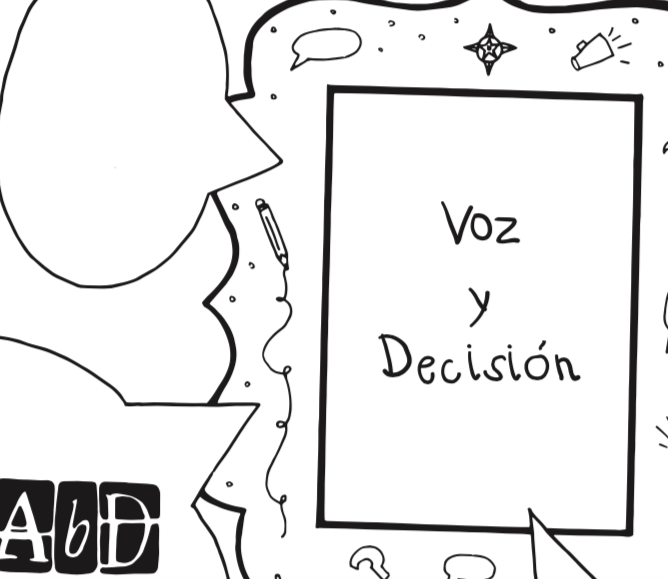



This thinking routine helps learners slow down and look closely at a system. In doing so, young people are able to situate objects within systems and recognize the various people who participate—directly or indirectly—within a particular system.

This thinking routine helps learners slow down and make careful, detailed observations by encouraging them to look beyond the obvious features of an object or system. This thinking routine helps stimulate curiosity, raises questions, and surfaces areas for further inquiry.
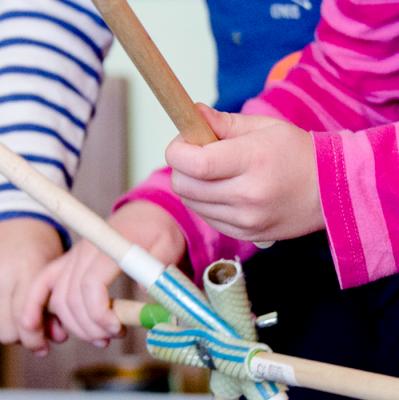
Agency by Design Principal Investigator Shari Tishman takes a dispositional approach to redefining “maker empowerment.”
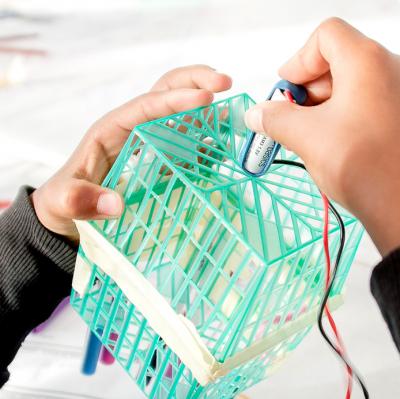
Agency by Designer project Director Shari Tishman introduces the concept of “maker empowerment” as a potential outcome of maker learning experiences.

Esta rutina de pensamiento ayuda a los estudiantes a ir lentamente y observar de cerca un sistema.
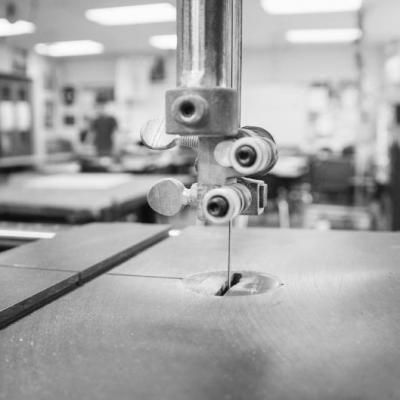
A resource for educators to explore the ways you can use the Agency by Design Framework and Making Moves/Indicators.
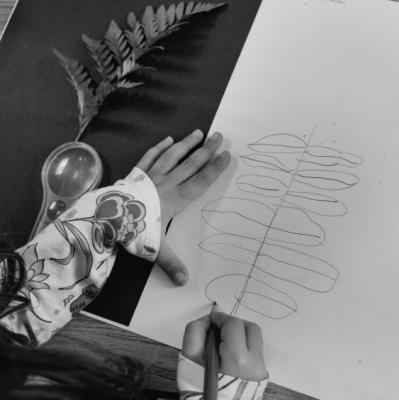
This tool is connected to the Agency by Design Making Moves. The Making Moves identifies three maker capacities that support a sensitivity to design, along with their associated learning moves. Here you’ll find three observation sheets, one for each of the maker capacities: Looking Closely, Exploring Complexity, and Finding Opportunity.
這個思考模式鼓勵學生在一個特定的系統裡思考不同人物的觀點。其目標是幫助學生理解系統裡的不同角色,他們會用什麼形式去表達感受以及對系統裡其他人物和事物的關心。這個思考模式引導學生從多角度去提出問題並表達觀點。